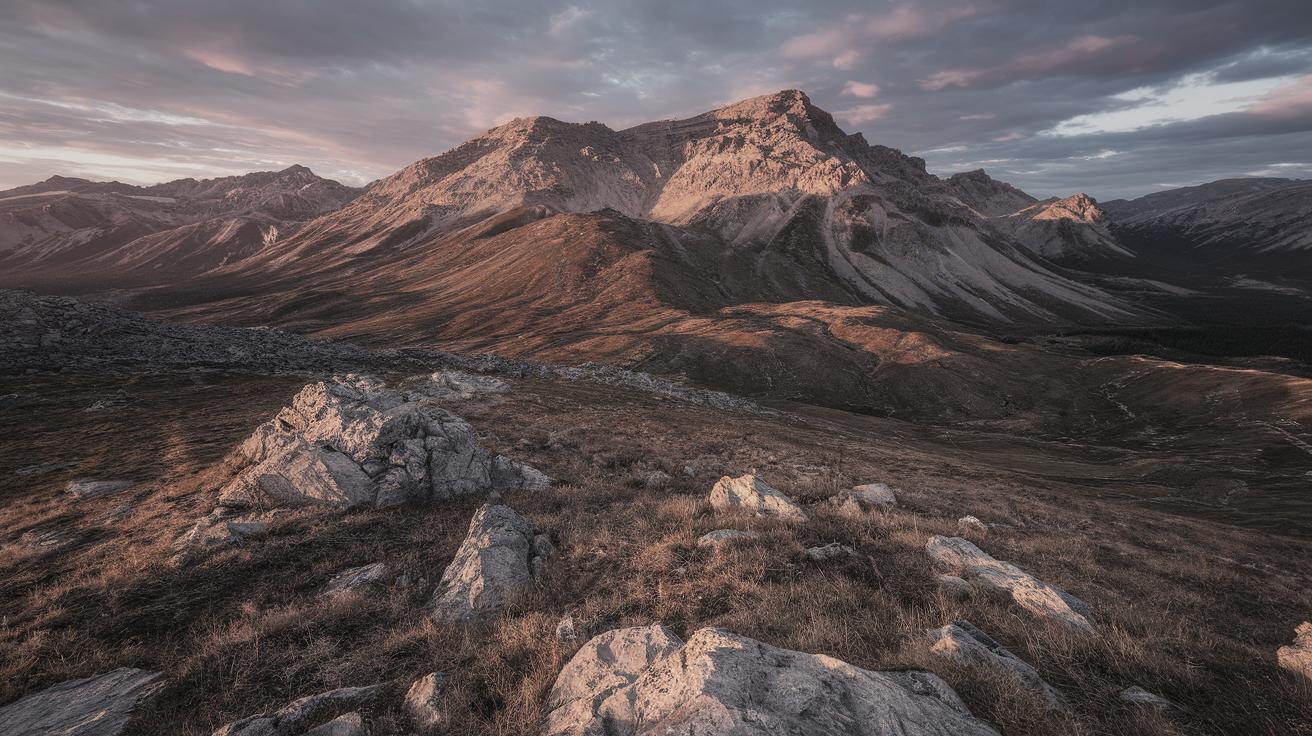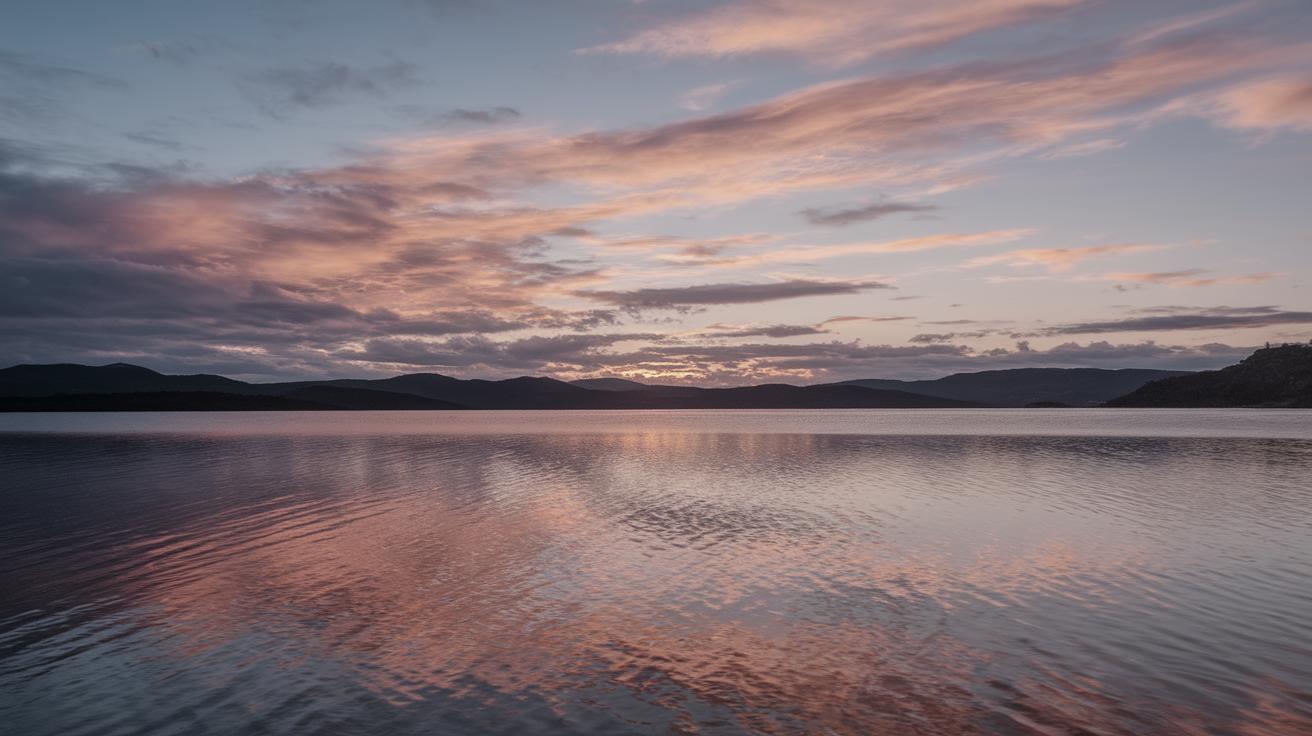The Significance of Scale in Landscape Photography
Landscape photography is a compelling way to capture the grandeur of the natural world and present it in a way that is both awe-inspiring and truthful. One of the most critical elements in achieving impactful landscape photography is effectively conveying a sense of scale. This blog post will delve into the role of scale in capturing mesmerizing landscapes, focusing on different aspects such as people, wildlife, manmade structures, composition, and focal length. By examining these elements, we aim to provide a comprehensive understanding of how scale influences the perception and emotional impact of landscape photographs.
People
Incorporating people in landscape photography can dramatically alter the viewer’s perception of the scale and grandeur of the scene. A lone hiker standing on the edge of a cliff or a group of campers in a vast wilderness provides a relatable reference point that helps convey the immensity of the environment. The human element also introduces an emotional layer to the photograph, sparking curiosity and connection.
Photographers employ the presence of people to add narrative or drama, serving as both a scale indicator and an emotional anchor. This approach allows viewers to imagine themselves within the scene, making the experience more immersive and personal. Whether the inclusion of human figures is intentional or incidental, it ultimately enriches the photograph by offering contrast between the man-made and the natural.
Wildlife
Similar to people, wildlife can serve as a critical factor in expressing the scale within landscape photographs. Animals in the wild present a natural sense of balance and harmony within their environments, adding another dimension to the scene. Capture a herd of elephants meandering across the plains or a solitary bird soaring over a wide canyon, and the vastness of the landscape becomes palpably real.
Incorporating wildlife leverages the viewer’s understanding of the relative size of animals to communicate the spatial expanse of the landscape. As animal enthusiasts are emotionally drawn to wildlife photos, the inclusion of fauna provides both a focal point and a secondary narrative within the broader context of the environment.
Manmade Structures
Manmade structures have long been used to accentuate the scale in landscape photography, often juxtaposed against the vastness of nature. Buildings, bridges, or statues provide a stark comparison, showcasing the grandiosity of Mother Nature in contrast to human creativity and engineering.
These structures offer recognizable size references, and their presence can highlight the surrounding landscape’s enormity, emphasizing the incredible scale that can only be found in nature. Additionally, manmade structures can symbolize human achievement and resilience within the harsh natural world, creating an intriguing narrative of coexistence and contrast.
Composition
Effective composition is a cornerstone of showcasing scale within landscape photography. Through strategic placement of elements within the frame—such as foreground objects or leading lines—photographers guide the viewer’s eye across the scene, subliminally indicating the spacial relationship among the elements.
The rule of thirds, use of negative space, and other compositional techniques all contribute to conveying the grandeur of a landscape. By carefully arranging elements within the frame, photographers can highlight the vastness or intimacy of a scene, directing viewer attention and enhancing the narrative being told.
Focal Length
Focal length variations significantly affect scale perception in landscape photography. Wide-angle lenses are particularly effective in making nearby objects appear larger and distant objects recede, emphasizing a scene’s extensive scope. This effect enhances the sense of being enveloped by the surroundings, which can make landscapes appear more sprawling and inclusive.
Conversely, telephoto lenses compress the perspective, bringing distant mountains or cityscapes closer to the viewer, creating a different sort of dramatic scale. Depending on the desired outcome and mood of the photograph, photographers can manipulate focal length to effectively convey the intended sense of scale and thereby influence the emotional response of viewers.
Overall
Understanding and utilizing scale in landscape photography is crucial in conveying both the majesty and the subtleties of the natural world. Whether through human elements, wildlife, manmade structures, or careful composition and lens choices, the effective portrayal of scale can transform a simple photograph into a powerful narrative.
Each element discussed contributes to how a photograph is perceived, influencing not only its aesthetic appeal but also its emotional impact. As photographers strive to capture the essence of a scene, the mastery of scale remains a fundamental skill in crafting visually and emotionally compelling images.
Related Articles
-
Understanding Perspective in Photography
-
Mastering Composition in Landscape Photography
-
A Guide to Using Wide-Angle Lenses
Lessons Learned
| Aspect | Key Insights |
|---|---|
| People | Incorporating people offers scale and connects emotionally. |
| Wildlife | Wildlife provides natural scale and adds a dynamic element. |
| Manmade Structures | Contrast between human structures and nature enhances scale perception. |
| Composition | Strategic composition guides viewer perception of scale. |
| Focal Length | Focal length manipulates perception, affecting how scale is depicted. |


